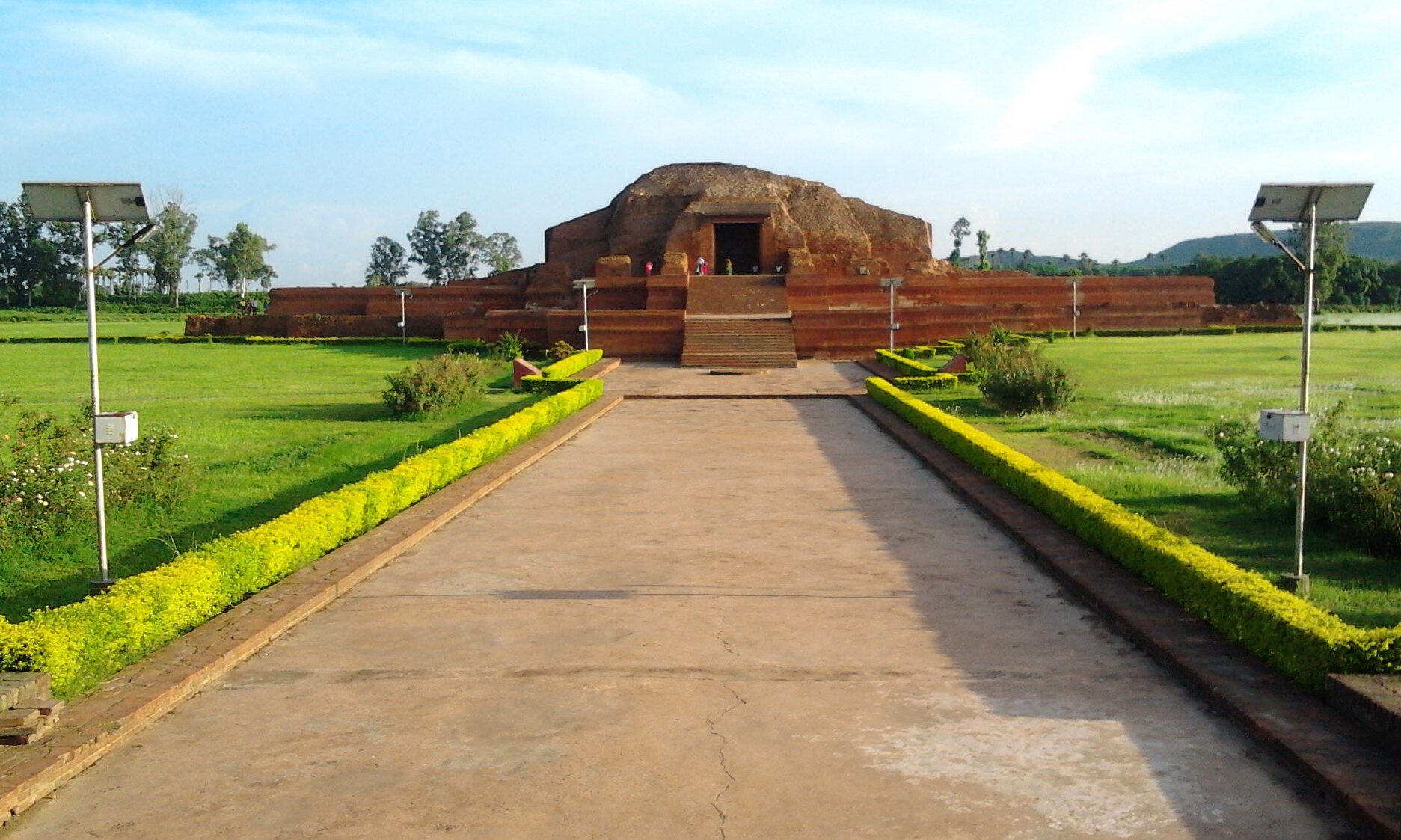Tillha Kothi, situated close to the University campus is also popularly known as Rabindra Nath Bhavan which was once the residence of Rabindranath Tagore and it was from here parts of the Nobel prize winning “Gitanjali” were written. Tillha kothi, built on a mound, is proud testimony to the splendid past of sociocultural and historical heritage of the region.
The Kothi is said to be associated with Augustus Cleveland, Warren Hastings, his wife Rosa Hastings and Raja Chet Singh of the princely state of Oudh in the Colonial era. Originally owned by the Mahashyas’ of the Mahashya Deorhi of Nathnagar, who probably built the mound & the building, with a view to provide food-for work, as a relief , when acute famine created havoc, in the year 1770.The soil, dug out from the excavation of “Bhairav Talab”, close to Marwari College, was used to create the Mound (Tila). Mr.Augustus Cleveland, the first collector of Bhagalpur, lived in this building from 177…



















